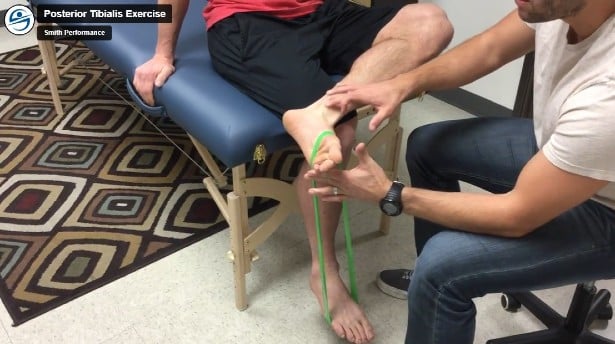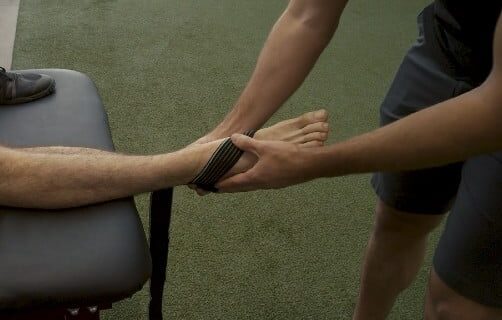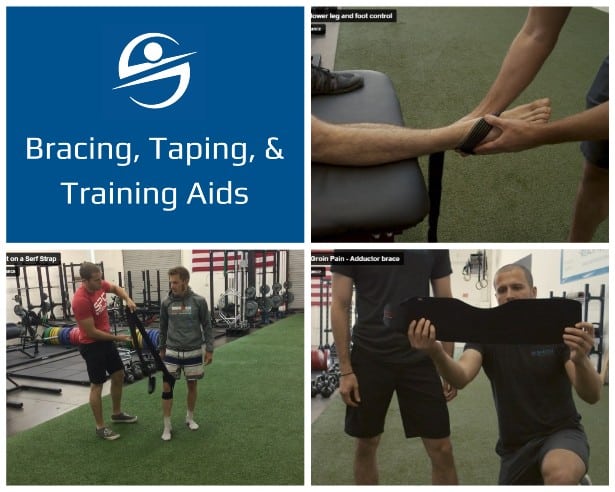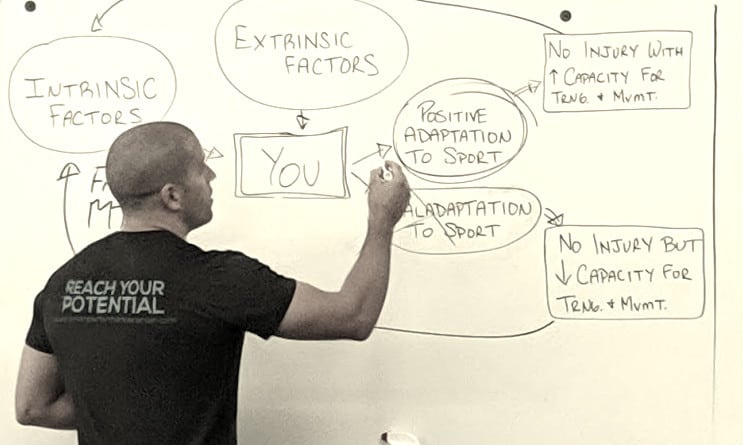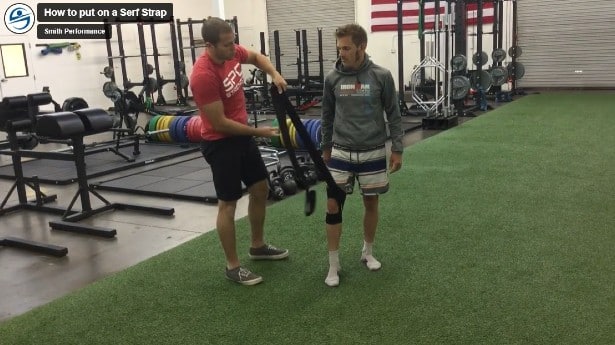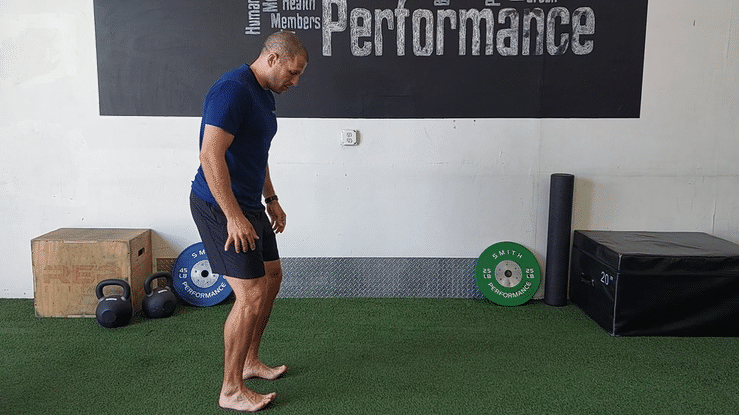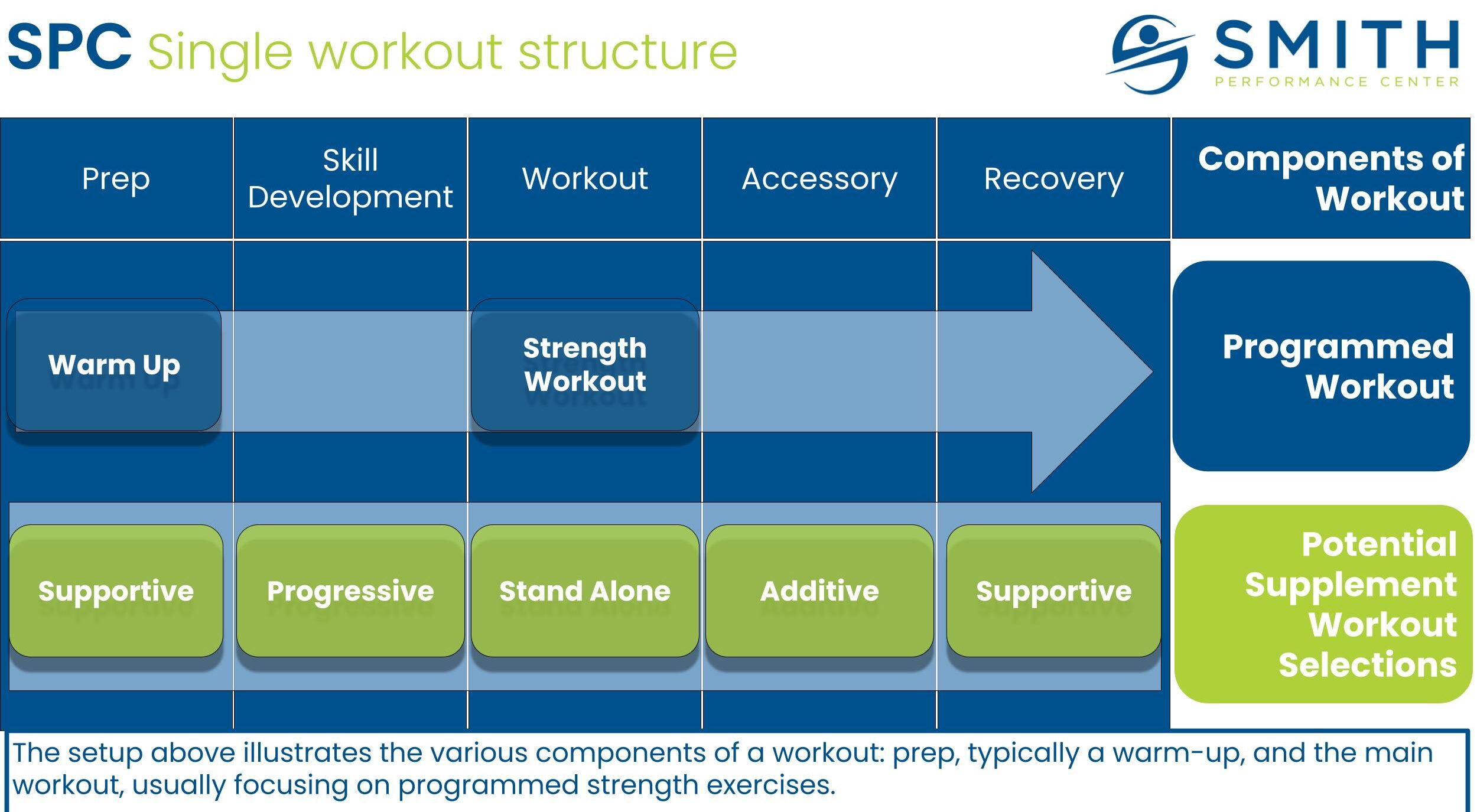
Knee Pain and Physical Therapy
Knee pain is a big issue with numerous treatments to consider. We believe that physical therapy is a great way to resolve your knee pain, but not all physical therapists treat the same way. Our team suggests that patients with knee pain consider the following: make sure you get a diagnosis, understand your prognosis, develop a treatment plan, and understand the triggers occurring in your day to day. Why isn’t your knee pain going away? You may not remember when you started thinking you had bad knees, but at this point, you start to have an internal debate with yourself about standing up. Do I really need to go to the bathroom or should I wait? Or maybe for you, you decided to bike now because running hurts. Or you may be waiting to get a total knee arthroplasty because a surgeon told you were too young to have a


